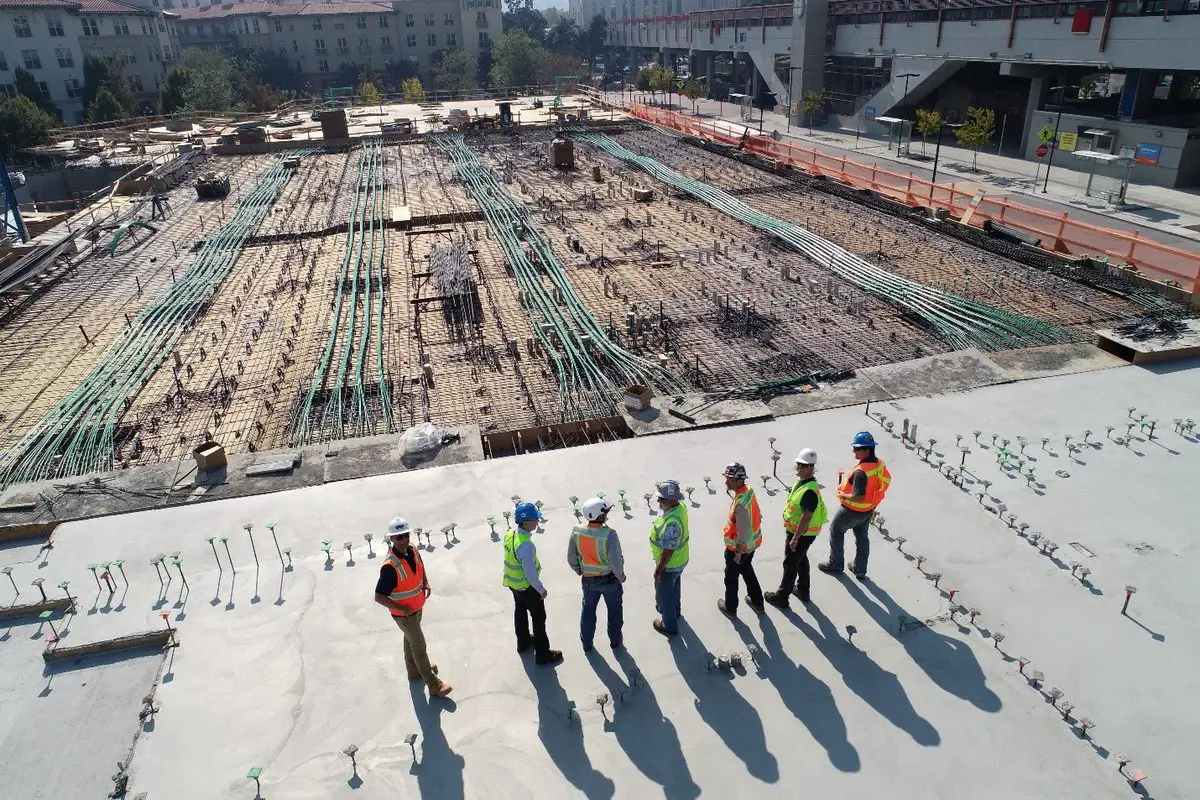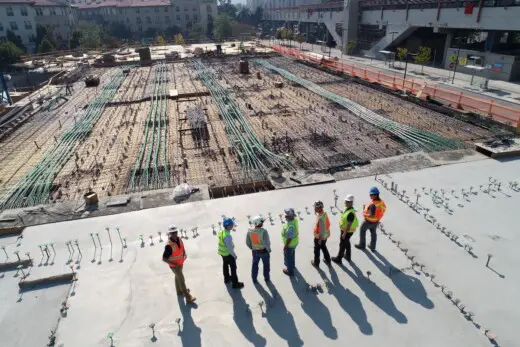Difference between ground beams and plinth beams tips, Structural design advice, Building structure spans
Difference Between Ground Beams and Plinth Beams Structure
28 July 2022
To understand the difference between ground beams and plinth beams, you should first understand what they are. These beams are usually higher than ground level and span between two floors. While ground level is the level that the inner building finishes at, the plinth is the level above which the walls and floors are located. The purpose of the plinth beam is to provide drainage for surface water and prevent rainwater from entering the building.
The difference between ground beams and plinth beams is not very big. They both have the same function, are both reinforcement products online UK, but they are built differently.
The Difference Between Ground Beams and Plinth Beams Guide
What is the Plinth Beam Reinforcement?
Plinth beams are used to connect columns and prevent dampness and cracks from the foundation from penetrating the building’s walls. They can also prevent the building from crumbling in the event of an earthquake, by distributing load evenly and acting as a tie beam.
The beam reinforcement serves many functions. It carries the masonry load on the ground floor, and prevents differential settlement. A plinth beam will also prevent water from retaining along the building’s perimeter. It will also ensure the durability of the building for a longer period. However, plinth beams are rarely used in modern buildings. So, when building a new home, it’s best to consider its function before purchasing a plinth beam.
The purpose of the Plinth Beam is to keep the foundation level even when putting in brickwork or blockwork. It is compulsorily provided in areas where load-bearing walls are required. The Plinth Beam is generally made of reinforced cement concrete of M20 or M25 grade. In addition to acting as a retaining wall for backfill soil, it is an important structural component. Plinth beams should be a minimum of nine inches wide, but ideally, the height should be greater than 600mm.
The depth of the Plinth Beam should be 20 cm below the final course of the foundation. The width should be equal to the width of the final course of the foundation. The concrete should be properly compacted and placed in the formwork. If you are pouring the concrete manually, you should add at least 20% extra cement to the mix. If you choose to have the concrete poured automatically, you can skip this step.
Advantages of a Plinth Beam Reinforcments
A plinth beam reinforcement is an integral structural member in a building that reduces the effective length of columns, holds backfill materials, and reduces the risk of cracks in masonry. It can also improve a building’s aesthetic appearance. In earthquake-prone areas, plinth beams are essential for buildings that are above the natural ground level. A high strength concrete casting is required, with the slenderness ratio not less than 20 MPA.
The minimum thickness of a plinth beam is 20 cm, and its width should be equal to the final course of the foundation. Concrete mix used for plinth beams should be strong enough to resist outside actions. It is important to add 20% extra cement during the manual mixing of concrete. The final strength of a plinth beam depends on the compaction of the concrete. This is one of the most important considerations when choosing a plinth beam.
What is a Ground Beam?
There are two main types of ground beams: precast concrete ground beams and poured-in-place ground beams. Precast ground beams are the most cost-effective option for many projects, but you should check the details of each type and choose one based on your own needs.
When used on a foundation, ground beams are typically resting directly on the ground, but they can also rest on end piers or be connected to piles through in situ concrete stitches. A ground beam is generally rectangular or square, and may have notches for piling attachment. It can also have an upstand, which gives a starter wall. Once attached to the foundation, a ground beam increases the bearing capacity of the soil beneath the building.
What Are the Advantages of a Ground Beam?
Precast concrete ground beams offer many advantages, including the fact that they are easy to install in all kinds of weather and offer excellent structural integrity. Precast concrete ground beams are also quick to install and feature an accurate bearing level. They can even have lifting eyes cast into them, which will facilitate the placement of dowels. Additionally, ground beams can incorporate end details, notches, or sloping faces.
When you construct a ground beam, you are reinforcing concrete. Generally, the beam formwork is a three-sided box. Its main purpose is to provide stability and accurate levelling. However, this formwork must be strong enough to withstand hydrostatic and shear loads.
Compared to conventional footings, precast concrete ground beams are more accurate. Precast concrete ground beams are more precise, allowing for a faster construction process. They can also be installed on uneven ground, reducing the need to reposition live underground services. Additionally, precast ground beams are easy to install and come with built-in lifting anchors. In addition, they are very affordable.
The Takeaway
Essentially, both ground beams and plinth beams serve the same purpose. For that reason, there is not too much difference between them. It is just how is each is constructed. Each has their own pros and cons but essentially either are reliable beams for most types of construction projects.
Comments on this guide to Difference between ground beams and plinth beams article are welcome.
Architecture
Edinburgh Home Demonstrator project
Comments / photos for the Difference between ground beams and plinth beams advice page welcome


